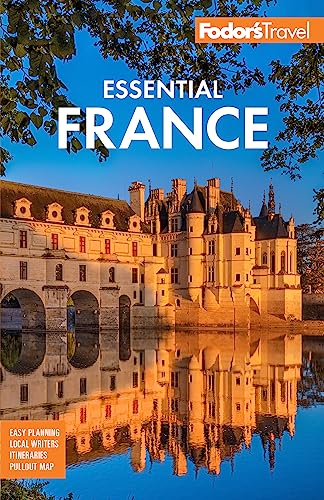Getting Oriented
Spend some time in the Midi-Pyrénées, the country's largest region, and the term "the south of France" takes on new meaning. This western half of France's true south is less glamorous (and much less expensive) than the Riviera and Provence but has an array of must-sees, beginning with lively Toulouse. East lies Languedoc, a province of contrasts—of rolling sun-baked plains around Carcassonne, of stone-and-shrub-covered hills spiked with ruins of ancient civilizations. Stretching south along the Mediterranean is the southernmost province of Roussillon, home to that artists' paradise, the Vermilion Coast.
- Toulouse. Now the center of Europe's high-tech aerospace industry (Airbus is made here), the city sees itself as the modern gateway to the south. Happily, Toulouse's new forward-looking attitude hasn't infringed on the well-preserved centre ville (city center), a veritable museum of mansions, where the brick-paved streets make you feel as if you're in a small town and aerospace engineers own Renaissance houses.
- Albi and the Gers. Some 75 km (47 miles) northeast of Toulouse, Albi sits on the Tarn River and was once a major center of the Cathars, a medieval Christian sect; the huge Cathédrale Ste-Cécile was a symbol of the Roman Catholic Church's victory over these heretics. Art lovers make a pilgrimage to the famed Musée Toulouse-Lautrec.
- Languedoc-Roussillon. Studded with vineyards and ghosts of famed artists, Languedoc is a vast province that ranges from Carcassonne in the Black Mountains eastward to aristocratic Montpellier on the Mediterranean. Included in the region are famous sights like Carcassonne’s La Cité—the largest medieval town extant—and le littoral Languedocien (the Languedoc coast), where France's "second Riviera" draws both artists and sun worshippers to Collioure and other towns along the Côte Vermeille (Vermilion Coast).




